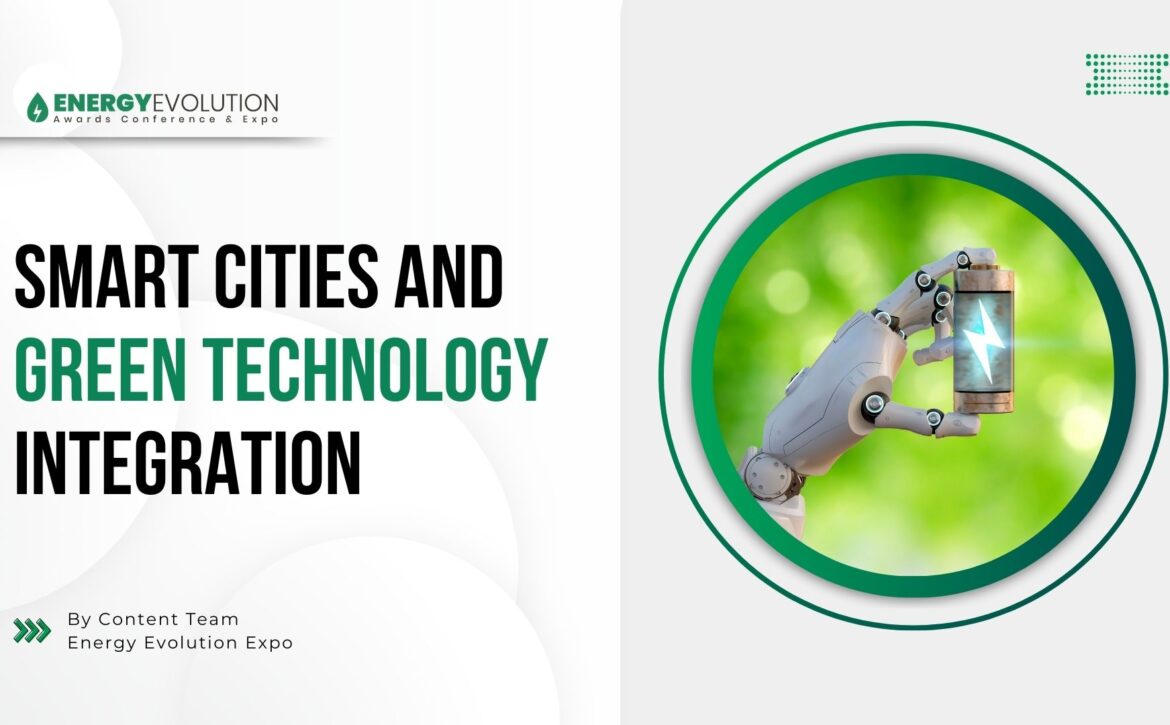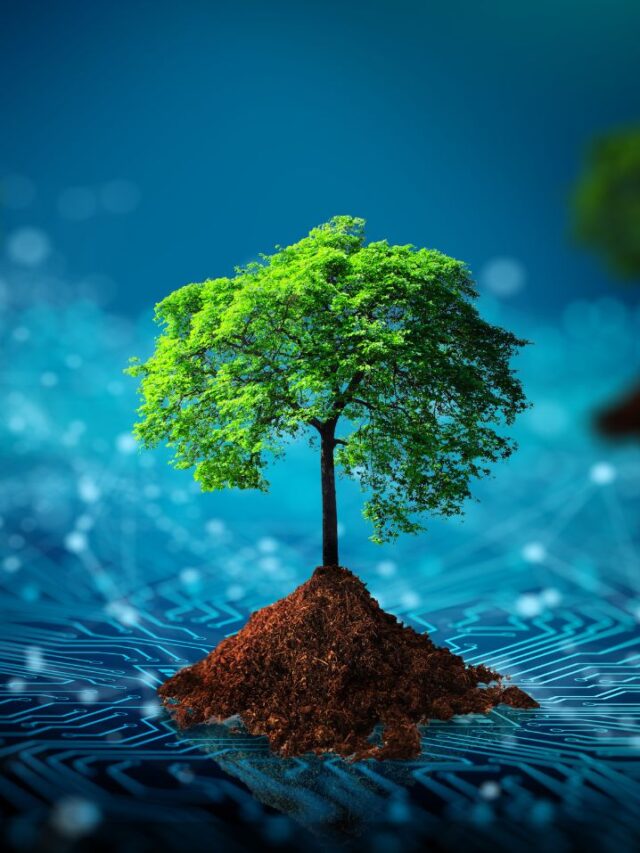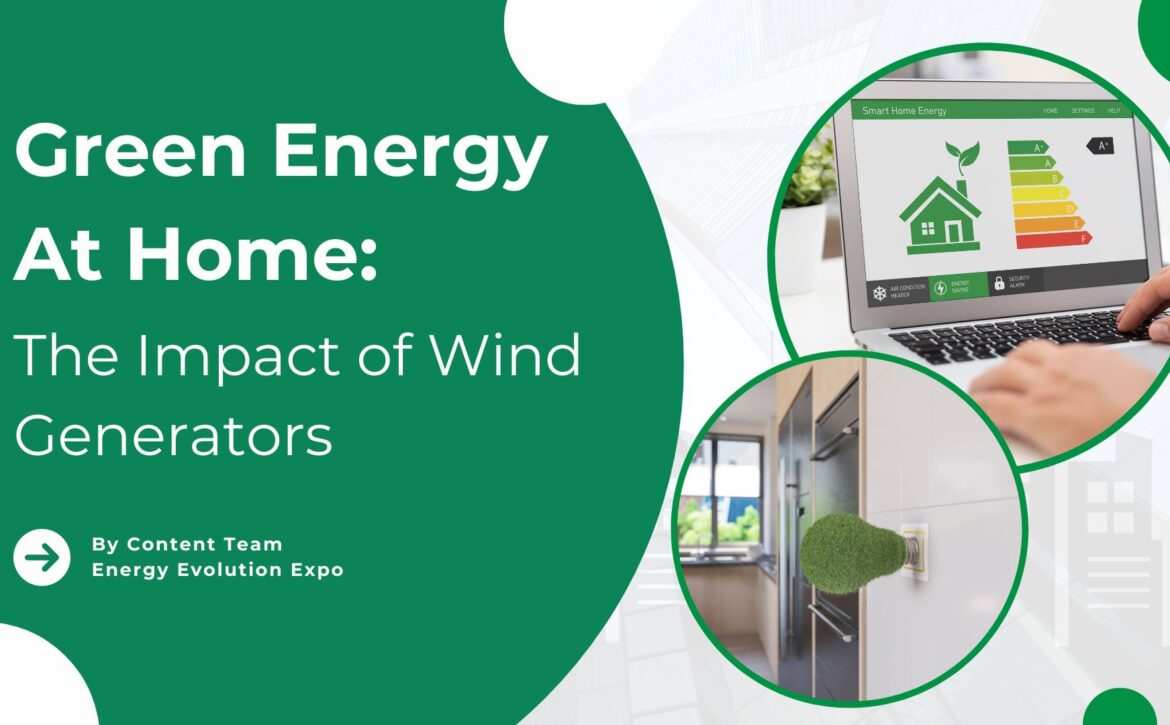Smart Cities and Green Technology Integration: Paving the Way for a Sustainable Future
In today’s rapidly urbanizing world, the concept of smart cities is emerging as a pivotal solution to the challenges posed by growing populations, resource scarcity, and environmental concerns. At the heart of these futuristic urban centers lies the integration of green technology, a critical component driving sustainability, efficiency, and enhanced quality of life.
What Are Smart Cities?
A smart city is more than just a high-tech urban environment; it’s an ecosystem where information technology (IT) and the Internet of Things (IoT) work harmoniously to manage infrastructure, resources, and services. From traffic management to energy distribution and waste disposal, these cities utilize data-driven technologies to optimize urban systems.
However, as cities strive to become smarter, they must also aim to be greener. Integrating green technologies into smart cities ensures that urban development does not come at the cost of environmental degradation.
The Role of Green Technology in Smart Cities
Green technology, or cleantech, refers to the use of innovative practices and products that promote sustainability and reduce harmful environmental impacts. In smart cities, these technologies are essential for ensuring eco-friendly practices and promoting a balance between urban growth and environmental conservation. Here are some ways green technology is being integrated into smart cities:
1. Renewable Energy Solutions
Smart cities are increasingly turning to renewable energy sources like solar, wind, and hydropower to meet their energy needs. Through advanced energy management systems and smart grids, cities can efficiently distribute power, monitor energy consumption, and reduce reliance on fossil fuels. For instance, solar panels on rooftops and wind turbines in strategic locations contribute to cleaner energy production, while real-time data analysis helps adjust energy supply to demand.
2. Sustainable Urban Mobility
Transportation is a significant contributor to urban pollution. Smart cities are incorporating green technologies to build sustainable mobility systems, such as electric vehicles (EVs), autonomous public transport, and bike-sharing programs. Charging stations for EVs are integrated with renewable energy sources, while IoT-enabled systems monitor traffic patterns to reduce congestion and emissions.
3. Green Buildings and Energy-Efficient Infrastructure
Green buildings are a core element of smart cities, utilizing eco-friendly materials, energy-efficient designs, and technologies like smart thermostats, LED lighting, and rainwater harvesting. These buildings reduce energy consumption, waste generation, and water usage, creating a more sustainable urban landscape. In some cities, regulations require all new buildings to meet specific green standards, further promoting sustainability.
4. Waste Management and Recycling
Green technology is revolutionizing how smart cities handle waste. IoT-enabled sensors in trash bins alert waste management systems when bins are full, reducing unnecessary collection trips and optimizing routes. Smart recycling centers use AI to sort materials, improving recycling rates and reducing landfill waste. Additionally, cities are implementing waste-to-energy technologies, converting organic waste into renewable energy.
5. Water Conservation and Management
With water scarcity becoming a global issue, smart cities are using green technology to optimize water usage and reduce waste. Smart irrigation systems in public parks, for example, use sensors to measure soil moisture and only water when necessary. Smart water meters help residents monitor their consumption, encouraging conservation. Additionally, cities are investing in water purification technologies to recycle wastewater and reduce strain on freshwater resources.
Benefits of Integrating Green Technology in Smart Cities
The combination of smart cities and green technology offers numerous benefits, both for residents and the environment:
- Reduced Carbon Footprint: By leveraging renewable energy, sustainable transportation, and energy-efficient buildings, cities can significantly lower their greenhouse gas emissions.
- Cost Savings: Green technologies often result in long-term cost savings for both governments and residents, especially through energy conservation and waste reduction.
- Improved Quality of Life: Cleaner air, more efficient public services, and reduced traffic congestion contribute to a higher quality of life in smart cities.
- Resilience and Adaptability: Smart cities are better equipped to handle challenges like climate change and population growth, thanks to their data-driven, adaptable infrastructure.
Challenges and Considerations
While the integration of green technology in smart cities offers significant advantages, there are challenges that need to be addressed:
- High Initial Costs: Implementing smart infrastructure and green technologies requires significant investment. Governments must weigh the upfront costs against long-term benefits and seek public-private partnerships to fund these projects.
- Data Privacy and Security: Smart cities rely heavily on data collection and analysis. Ensuring the privacy and security of residents’ data is paramount.
- Technological Gaps: Not all cities have equal access to advanced technology, leading to disparities in the adoption of green technologies and smart systems.
Looking Ahead: The Future of Smart Cities and Green Technology
As the world faces increasing environmental pressures, the integration of green technology into smart cities is no longer optional — it is a necessity. With global initiatives like the United Nations’ Sustainable Development Goals (SDGs) driving the movement toward sustainable cities and communities, the future is promising.
Innovations such as artificial intelligence, blockchain, and 5G will further revolutionize how cities function, enhancing the capabilities of both smart and green technologies. Urban planners, governments, and technology companies must collaborate to ensure that cities of the future are not only smarter but also greener, creating a sustainable and resilient world for generations to come.
Conclusion
Smart cities and green technology integration represent the future of urban living. By embracing renewable energy, sustainable transportation, green buildings, and advanced waste and water management systems, cities can reduce their environmental impact while improving residents’ quality of life. While challenges remain, the path forward is clear: the cities of tomorrow will be driven by smart, green, and sustainable solutions.







